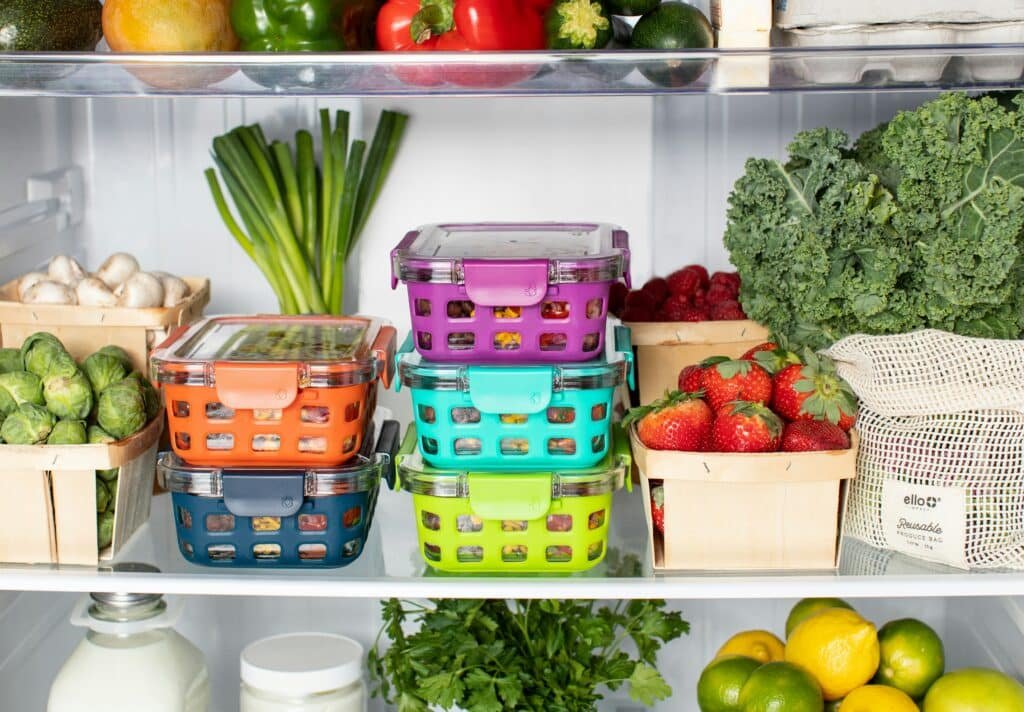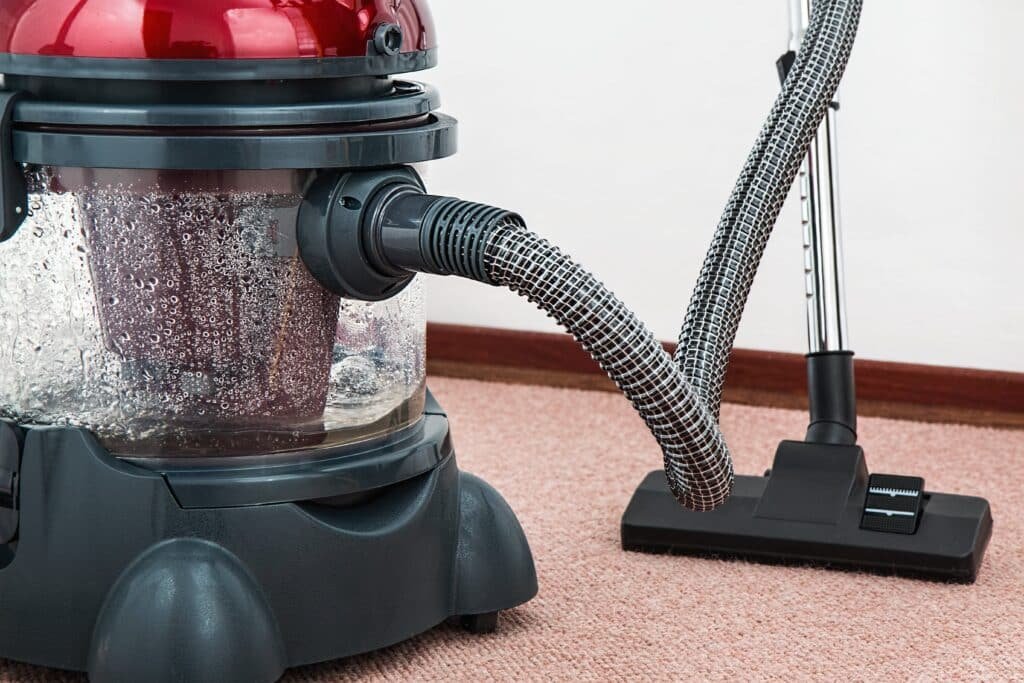How to Ensure Your Groceries are Virus-Free: A 7-Step Guide
In today’s world, where health and safety are more important than ever, keeping your groceries virus-free is a key concern for many households. Whether you’re bringing home fresh produce, pantry staples, or snacks, ensuring that these items are clean and safe to consume can give you peace of mind. Here’s a straightforward, seven-step guide to help you keep your groceries free from viruses and other contaminants. 1. Prepare Before You Shop When it comes to keeping your groceries free from viruses, preparation is key. Before you even leave your house, take some time to plan out your shopping list. By knowing exactly what you need, you can get in and out of the store more quickly, reducing your time spent in potentially crowded areas which can be hotspots for virus transmission. This planning not only streamlines your shopping trip but also helps minimize your contact with surfaces and items that have been touched by others. It’s also wise to equip yourself with some essential items to protect yourself and your groceries from contamination. Carrying hand sanitizer and disinfectant wipes allows you to clean your hands frequently, especially after touching door handles, shopping carts, and product packages that may have been handled by others. Additionally, wearing a mask covers your nose and mouth, providing a barrier that can help prevent virus particles from reaching you, particularly in indoor settings where social distancing might be challenging. These simple precautions can significantly boost your defense against viruses as you shop for groceries, helping ensure that what you bring home is as safe as possible. 2. Choose Touch-Free Options When Possible Opting for touch-free options is a smart strategy to minimize your direct contact with groceries that could potentially be contaminated. Online shopping is a convenient way to select and purchase your groceries from the comfort of your home. Most stores now offer a delivery service where your groceries are brought directly to your doorstep, or you can choose curbside pickup where your items are loaded directly into your car. Both options effectively limit your exposure to public spaces and reduce the risk of coming into contact with viruses. If online options aren’t available or you prefer selecting your groceries personally, make it a point to touch only the items you plan to purchase. This practice helps reduce the spread of germs by limiting the number of surfaces and products you come into contact with. When navigating through the aisles, keep your hands to yourself as much as possible and use hand sanitizer regularly throughout your trip to ensure that any potential viruses are quickly neutralized. By consciously choosing touch-free options or being mindful about your contact with products, you can significantly decrease the likelihood of bringing home contaminated groceries. 3. Sanitize Your Hands and Cart Taking the time to sanitize your hands and your shopping cart before you begin navigating through the grocery store is an effective way to enhance your safety. Start by thoroughly applying hand sanitizer, ensuring you cover all parts of your hands. This immediate cleansing helps eliminate any germs or viruses you may have picked up from surfaces like door handles or car keys before you even touch a shopping cart. Once you have sanitized your hands, grab a disinfectant wipe to clean the handle and all edges of the shopping cart or basket that you might come into contact with during your shopping trip. Paying attention to these details is crucial because these are the parts of the cart you will touch the most, and they are also frequently touched by others, making them common places for viruses to reside. These steps, though simple, are very effective in reducing the transfer of viruses to your groceries and yourself. By ensuring that both your hands and the cart are as germ-free as possible, you create a safer environment for your shopping experience, protecting both your health and the cleanliness of the groceries you select. 4. Practice Safe Handling Practicing safe handling of your groceries while you shop is crucial for maintaining your health. One of the most effective ways to prevent the spread of viruses is to avoid touching your face. This minimizes the risk of viruses entering your body through your eyes, nose, or mouth, which are the most common entry points for pathogens. Since it’s easy to touch your face unconsciously, remaining mindful about this habit can significantly reduce your chances of getting sick. Additionally, when you’re selecting loose items like fruits or vegetables, using a barrier between your hands and the products can further decrease the risk of contamination. Instead of picking up these items directly with your bare hands, use a plastic bag or produce bag to handle them. This not only helps in avoiding direct contact with surfaces that might be contaminated but also keeps the items themselves cleaner from the moment you pick them up until you prepare them at home. 5. Clean Groceries When You Get Home Ensuring that your groceries are clean once you get home is a crucial step in keeping your household safe from viruses. Begin by setting aside a specific area in your kitchen to handle and clean the groceries. This helps keep potentially contaminated items isolated from the clean areas of your home. For non-porous containers such as cans or plastic bottles, use a disinfectant wipe to thoroughly clean the surfaces. This step is vital as these items are often handled multiple times in stores and during transport. For fruits and vegetables, a thorough wash under running water is generally sufficient to remove any lingering dirt or potential viruses. The mechanical action of running water, along with your hands, helps in dislodging any unwanted particles from the surfaces. If you prefer an extra level of cleanliness, you can use a produce wash designed specifically for cleaning fruits and vegetables. However, it’s important to avoid using soaps or household detergents on produce as these can leave behind residues that might not be safe to ingest.
How to Ensure Your Groceries are Virus-Free: A 7-Step Guide Read More »









